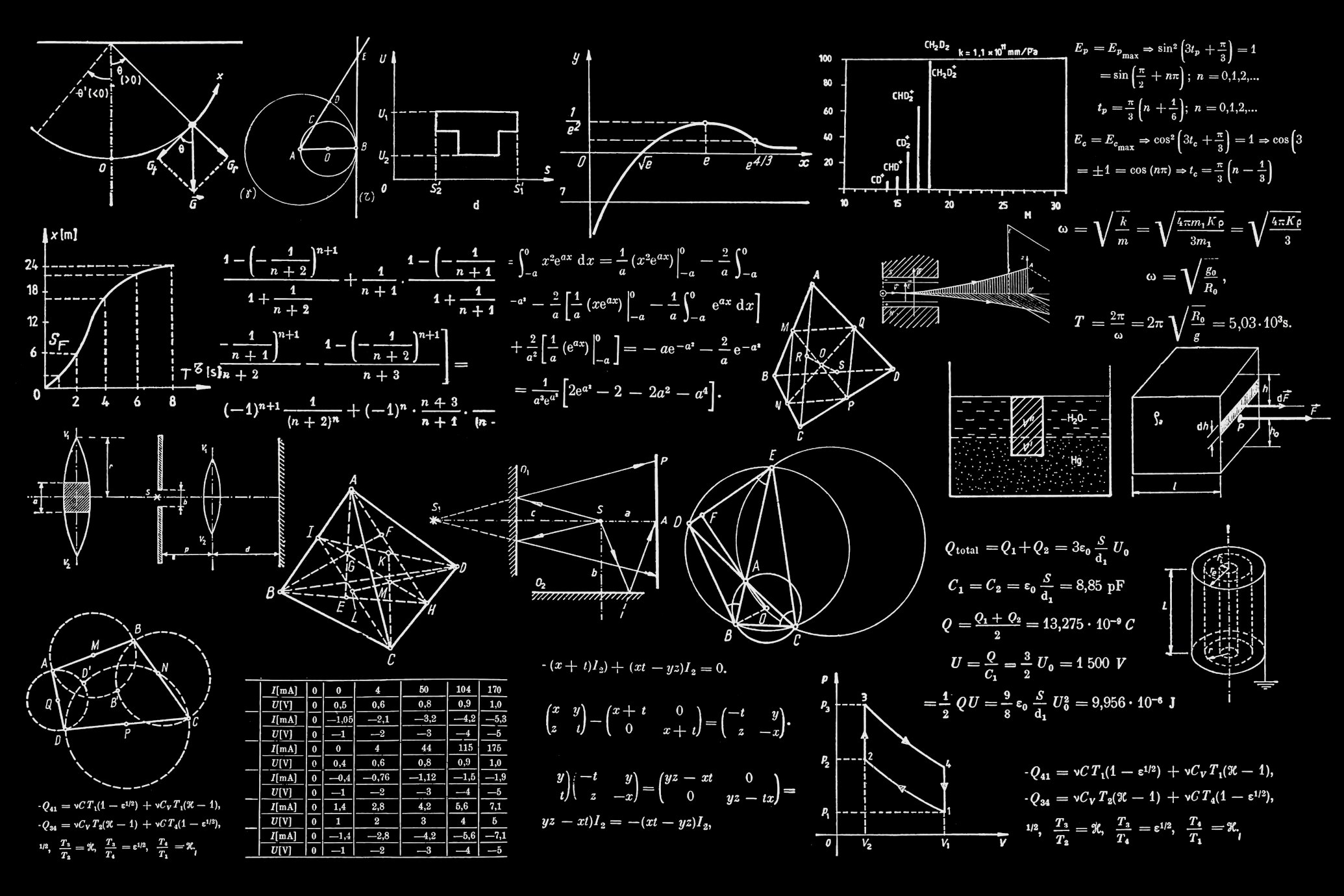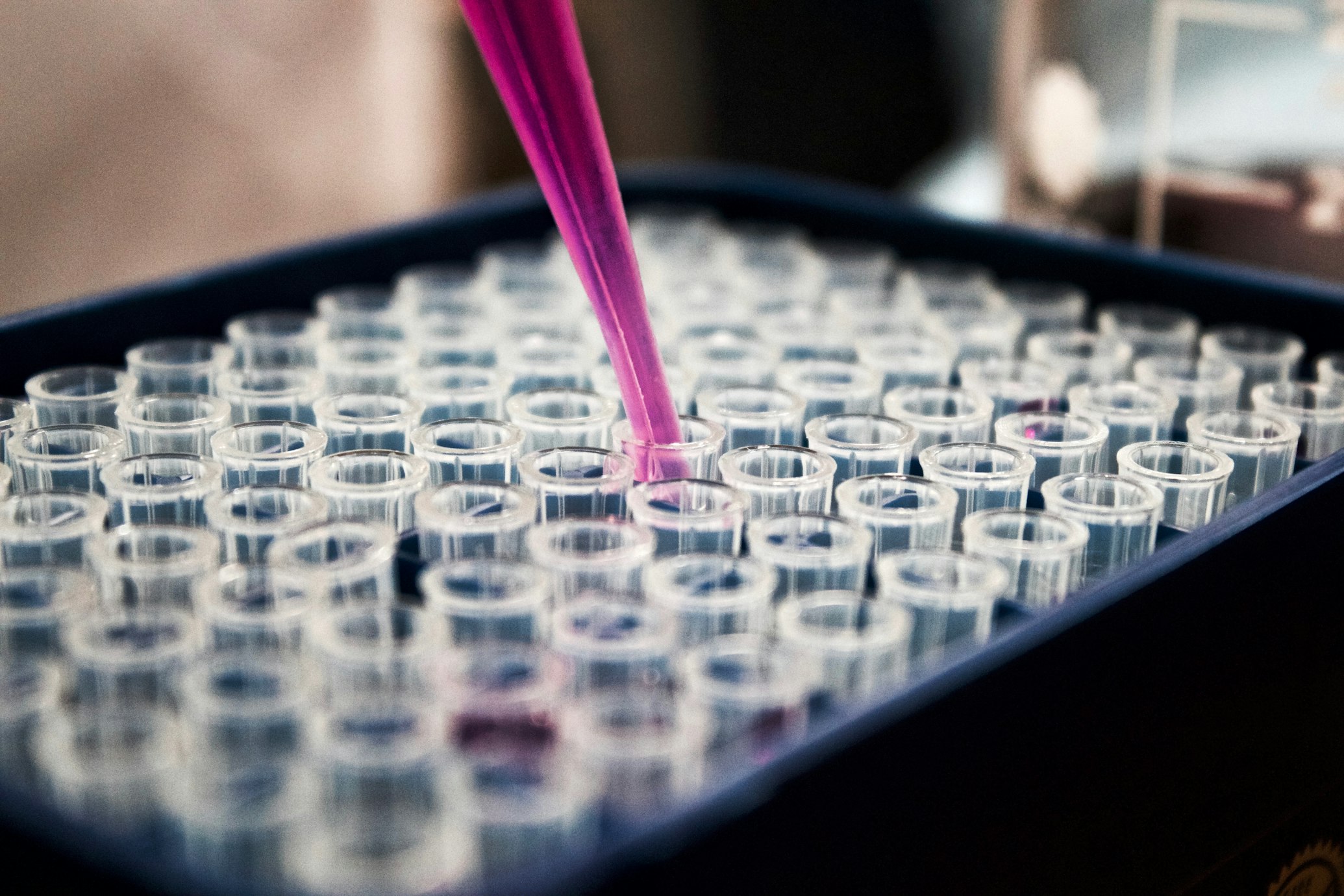Cellular Cartography: Mapping the Brain's Microscopic Highways
The intricate world within our neurons, once a blurry mystery, is now being revealed in stunning nanoscale detail.
The Brain's Complex Transportation System
Imagine the brain's network not as a tangle of wires, but as a city with an impossibly complex transportation system. Microtubules are the rails of this system—long, sturdy filaments that guide the vital cargoes sustaining thought, memory, and life itself.
For decades, these rails were too small to see clearly, their precise organization hidden in a blur. Today, a revolution in super-resolution microscopy is changing everything, allowing scientists to become cartographers of the neuron's inner world. This new mapmaking is revealing the secrets of how the brain is built and what causes it to break down.

The Neuron's Backbone: Why Microtubules Matter
To understand the revolution in imaging, one must first appreciate the marvel that is the neuronal microtubule network.
The Architecture of a Neuron
Neurons are highly polarized cells, meaning they have uniquely shaped regions dedicated to specific tasks. A typical neuron has a cell body (soma), branched dendrites that receive signals, and a single, long axon that transmits signals. This intricate shape is built and maintained by the cytoskeleton, a network of protein polymers. Among these, microtubules are the structural giants 4 .

More Than Just Rails
Each microtubule is a hollow tube about 25 nanometers in diameter—so narrow that over 2,000 could fit across a human hair. They are built from repeating pairs of α- and β-tubulin proteins, assembled head-to-tail into long protofilaments 1 . This structure creates an inherent polarity: a "plus-end" that grows rapidly and a "minus-end" that grows slowly. This polarity is the fundamental traffic rule for the neuron. Motor proteins like kinesin (walking towards the plus-end) and dynein (walking towards the minus-end) use these rails to deliver everything from proteins to organelles to the far reaches of the axon and dendrites 1 4 .
In the Axon
Microtubules form long, parallel bundles, all with their plus-ends pointing outward. This uniform orientation creates a one-way street for efficient long-distance transport from the cell body to the synapse 4 .
In Dendrites
Microtubules have a mixed orientation, like a two-way street, which supports the different traffic needs of these signal-receiving branches 4 .
Beyond the Blur: The Super-Resolution Revolution
For over a century, the diffraction limit of light meant traditional microscopes could not resolve anything smaller than about 200 nanometers.
Traditional Microscopy
Limited by diffraction to ~200 nm resolution, microtubules at 25 nm appeared as fuzzy, indistinct strands.
Super-Resolution Era
Nobel Prize-winning technology shattered the diffraction barrier, allowing visualization of nanoscale structures.
Current Frontiers
Advanced techniques now achieve resolutions down to 6 nm, revealing unprecedented molecular details.
STED
Uses a "donut-shaped" laser beam to de-excite fluorescence, boosting resolution to ~50-60 nanometers 4 .
SIM
Uses patterned light and computational analysis to double resolution, excellent for live imaging 4 .
The Resolution Frontier
The field of super-resolution imaging continues to advance at a rapid pace. A 2025 study reported a new method combining DNA-PAINT with a Spinning Disk Confocal system using Optical Photon Reassignment (SDC-OPR). This setup achieved a stunning spatial resolution of 6 nm, allowing researchers to distinguish between DNA strands separated by that minuscule distance 2 . Such technical leaps are crucial for discriminating between tightly packed proteins within the neuron, bringing us closer than ever to a molecular-scale map.
Resolution Comparison
A Landmark Experiment: Charting Drug Effects on Microtubules
To understand how super-resolution microscopy is applied, let's examine a key experiment that investigated how a chemical compound alters the neuronal microtubule network 3 .
Methodology: Nanoscale Mapping Step-by-Step
Researchers used 3D DNA-PAINT to image microtubules in neuron-like cells and in dendrites of primary hippocampal neurons. The process involved several critical steps:

Experimental Results: Quantitative Analysis
The analysis provided a wealth of quantitative data, moving beyond pretty pictures to hard numbers that describe the network's architecture.
| Parameter | Control (No Drug) | Treated with EpoD | Significance |
|---|---|---|---|
| Mean Microtubule Length | 2.39 µm | 1.98 µm | Decreased |
| Microtubule Straightness | Higher | Significantly Decreased | More Curved |
| Microtubule Density | Baseline | Increased | More Microtubules in the same area |
Table 1: Changes in Microtubule Architecture After EpoD Treatment
The data showed that EpoD, while stabilizing microtubules against disassembly, also made the network denser and more fragmented. The microtubules themselves became shorter and less straight 3 . This was a concrete demonstration of how a drug can fundamentally reshape the internal architecture of a neuron.
The Scientist's Toolkit: Essential Reagents for Microtubule Cartography
Creating these detailed maps requires a specialized set of tools.
| Reagent / Tool | Function in the Experiment |
|---|---|
| DNA-PAINT | A super-resolution technique that uses transient DNA hybridization to achieve ultra-high (sub-10 nm) spatial resolution and precise molecule counting 2 3 . |
| Anti-GFP Nanobodies | Small, single-domain antibodies that provide a compact and highly specific label for tagging proteins like GFP-tubulin, minimizing the distance between the target and the fluorophore 3 . |
| mEGFP-α-Tubulin | A genetically encoded fusion protein that incorporates into the microtubule lattice, allowing for specific labeling in live or fixed cells 3 . |
| Epothilone D (EpoD) | A microtubule-targeting agent that stabilizes microtubules and is used to perturb the network and study the functional consequences 3 . |
| SIFNE Software | An open-source computational tool that automatically traces, reconstructs, and quantifies entire filamentous networks from super-resolution images 3 6 . |
Table 3: Research Reagent Solutions for Super-Resolution Imaging of Microtubules
DNA-PAINT
Achieves sub-10 nm resolution using transient DNA hybridization for precise molecule counting.
SIFNE Software
Automatically traces and quantifies filament networks from super-resolution data.
Epothilone D
Microtubule-stabilizing compound used to study network perturbation effects.
The Future of Neuronal Cartography
The journey to map the neuron's microtubule network is far from over.
Current research is pushing into even more challenging territory. Emerging techniques, including deep learning-driven automated microscopes, are making super-resolution faster and more accessible, allowing for high-throughput studies of drug effects 7 . Furthermore, new neural networks for long-term live-cell imaging are solving the problem of trade-offs between resolution, speed, and duration, promising to reveal not just static maps, but dynamic movies of the microtubule network as it remodels during learning, aging, and disease 5 .
By completing this cellular cartography, scientists hope to navigate the complex terrain of neurodegenerative diseases and develop new strategies to repair the broken tracks within our neurons, preserving the intricate traffic of thought and memory for a lifetime.

Dynamic Imaging
Future techniques will capture microtubule dynamics in real time, revealing how they change during neural activity and in disease states.
AI Integration
Artificial intelligence will automate analysis of complex microtubule networks, identifying patterns invisible to the human eye.